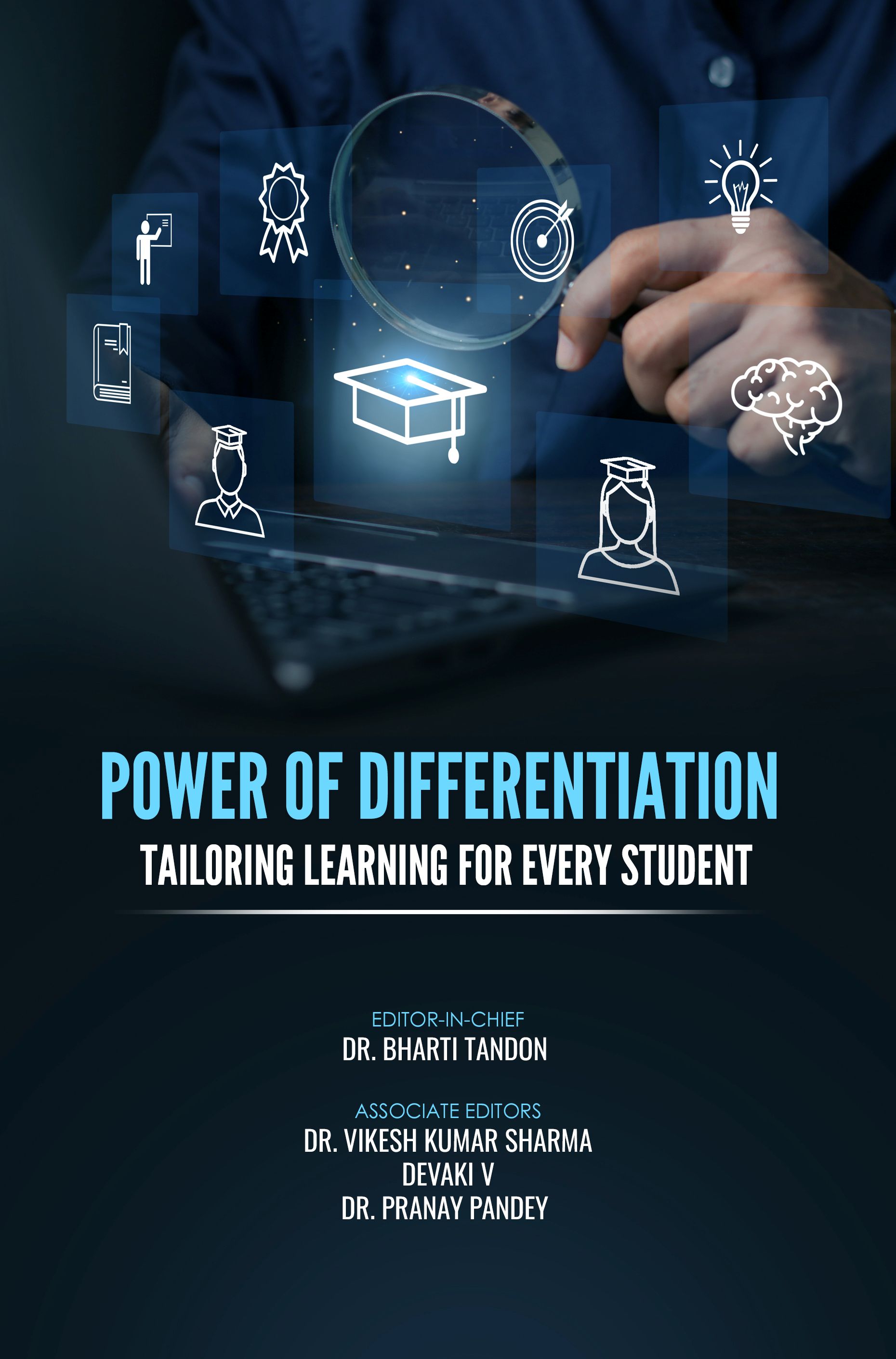CONCEPT OF DIFFERENTIATION IN SCHOOL EDUCATION IN MODERN SCHOOL
DOI:
https://doi.org/10.25215/9141001575.19Abstract
School differentiation is now an integral practice within contemporary schools, especially in English-medium international schools, where students from various backgrounds need to be taught differently. This chapter discusses differentiation as a way of addressing the diverse learning needs, learning capacities, and cultural contexts of students. It underscores the move from conventional, one-size-fits-all instructional practices to a student-centered method that considers differences in learning pace, style, and interests. This chapter explores the theoretical foundations of differentiation based on Vygotsky's Zone of Proximal Development, Gardner's multiple intelligences, Bloom's Taxonomy, and Universal Design for Learning (UDL). These models shed light on the ways in which teachers can modify content, processes, products, and learning environments to maximize student motivation and attainment. Real-world approaches to integrating differentiation in international schools have been addressed, such as flexible grouping, inquiry-based instruction, technology use, and culturally responsive teaching.Published
2025-04-02
Issue
Section
Articles


